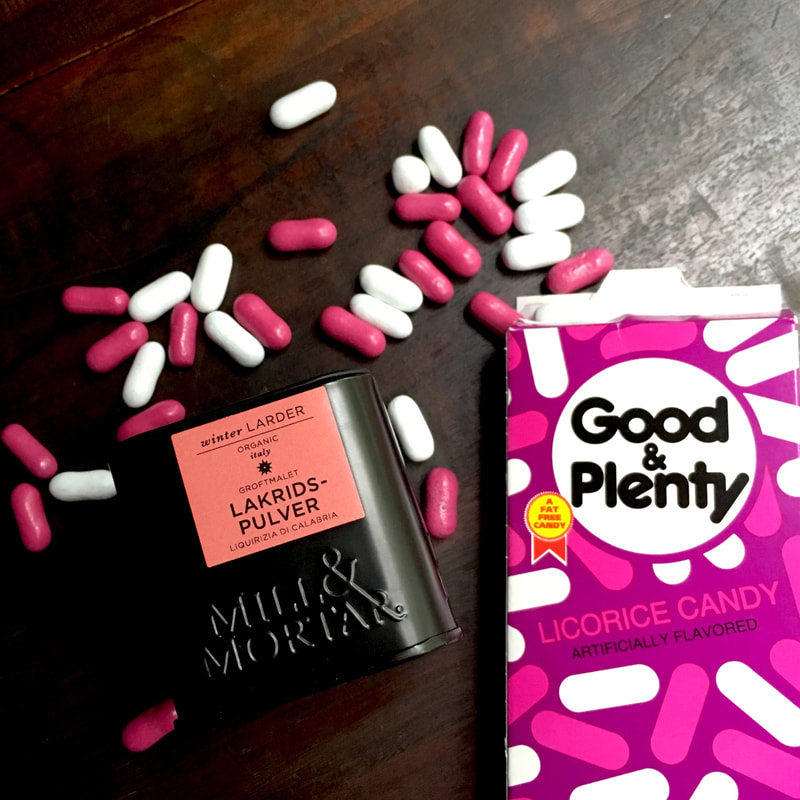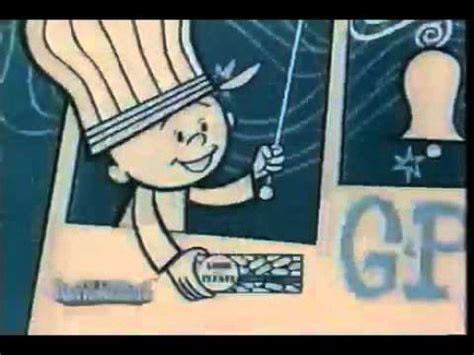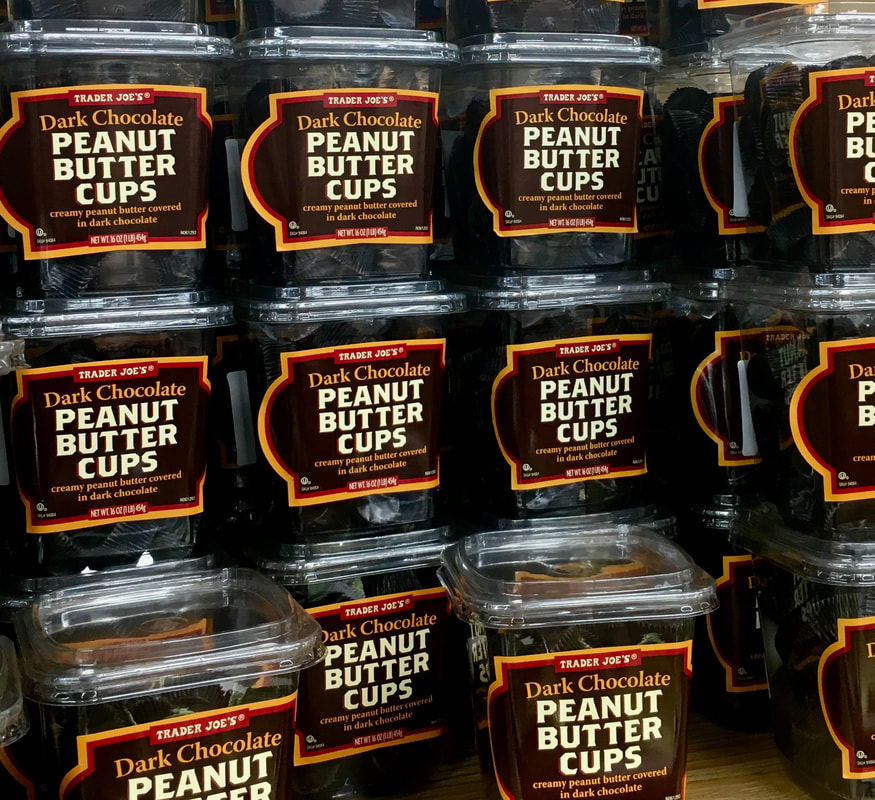|
For many of us, it’s best to wait until the very last minute before purchasing bags of Halloween candy. Squirreling away cello packages of Hershey’s Miniatures and Reese’s Peanut Butter Cups with the intention of offering them to trick-or-treaters, always ends badly. Not personally, but for those hungry candy seekers ringing the doorbell on October 31st.
The bakery has been in the throes of Halloween since pumpkin and chocolate chips wandered into the scones a few weeks ago. Trying to remain current, I pored over a new listicle that popped up in a recent newsfeed, detailing the most and least popular Halloween candies. The fact that peanut butter inspired Mary Jane’s hold the title for least popular, and Reese’s Peanut Butter Cups are the most highly coveted, is no surprise. What I didn’t realize, was the disparity between red Twizzlers and pink and white Good & Plenty. Red licorice, which is composed of corn syrup, sugar, artificial flavor, and other dire ingredients, is wildly popular. Choo Choo Charlie’s artificially flavored candy of choice boasts a whopping “2% or less” of licorice extract, and sits alongside Mary Jane, last pick of the Halloween Candy dodge ball team. A recent casual search for Good & Plenty found me coming up empty handed. Circling the candy aisles in a number of Manhattan newsstands and pharmacies led me to a sad realization. Charlie, the once popular engineer of a train fueled by pink and white candy coated licorice, must have hung up his striped hat and retired. Save for a few lonely boxes buried on the bottom shelf of the Duane Reade on West 48th Street, black licorice real estate has been elbowed out by everything peanut butter and M&M. Such is not the case in London, Holland, and Norway, where licorice, particularly black licorice, is hugely popular. Recent travels afforded me time to peruse candy aisles in foreign supermarkets and airport news sellers. Not only is black licorice available straight-up, it is often showcased with chocolate, marzipan, hot pepper, and salt. I can only vouch for the chocolate version, a chocolate bar called Nero. Dressed in dark chocolate, filled with a soft-jelly of black licorice, the candy bar is surprisingly appealing. It hints at the freshness of a Junior Mint, but much hipper, much cooler, very Viking. Although the full name, Lakrissjokolade is easy for Norwegians to say, I found it wiser to point to the sleek black wrapper emblazoned with silver letters, than stumble through an abominable pronunciation. Licorice is not limited to confectionary lovers, it also commands space in the baking aisles of Norwegian and London supermarkets. Serious bakers swear by a square black tin of Lakrids-pulver (licorice powder) for enhancing baked goods. Several years ago, Nigella incited a run on the high-end larder staple when she featured a licorice and blackcurrant chocolate cake recipe in her book, Simply Nigella. Might I add, Nigella, there’s nothing simple about explaining to customs officials the critical importance of bringing the little black tin out of one country and into another. Black licorice is clearly more popular across the sea, with Americans lukewarm, or in many cases, downright hostile, towards the confection. The red twisted candy we seem to prefer boasts no licorice at all, but makes a splendid movie-watching companion. It also serves as a tasty distraction when tasked with filling a commercial freezer with several hundred pies shells, and then several hundred more. For those dire late night shifts, I have a lone box of Good & Plenty buried in the bottom of my handbag and a few stray Hershey’s miniatures. If we weren’t a peanut-free bakery, you can bet your licorice I would be popping peanut butter cups from now until Thanksgiving.
0 Comments
Leave a Reply. |
Archives
July 2024
Ellen GrayProfessional Pie-isms & Seasonal Sarcasm Categories |



 RSS Feed
RSS Feed